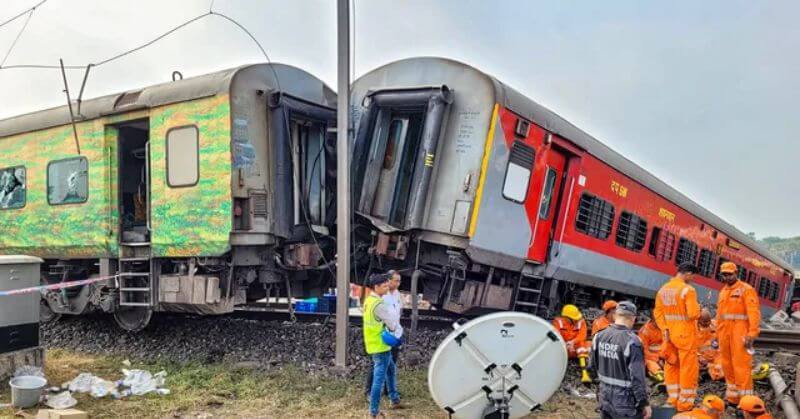The Friday disaster involving a cargo train, the Bengaluru-Howrah Superfast Express, and the Shalimar-Chennai Central Coromandel Express killed at least 250 people and injured over 900 more. Although the reason for the triple train accident is uncertain, sources speculate that a signaling failure caused it. “The rescue effort is concluded. We are already beginning the repair process. “Kavach was not available on this route,” stated Amitabh Sharma, a spokesman for Indian Railways. The rail line is currently implementing the “Kavach” anti-train collision technology across its network.
Train Collisions
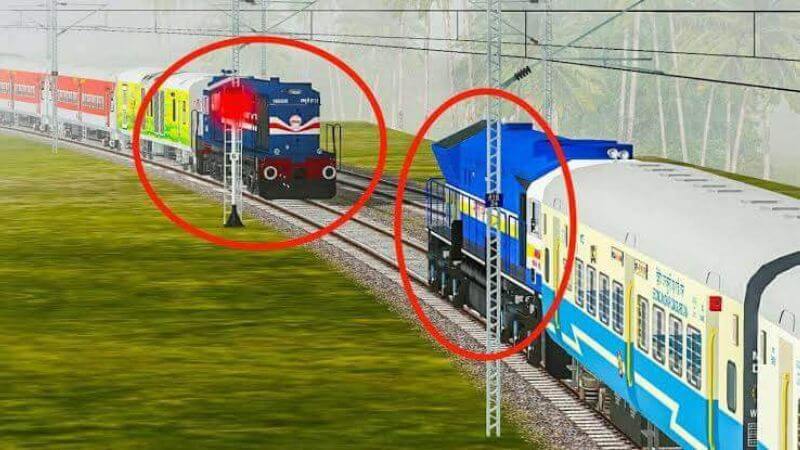
The most prevalent cause of railway accidents is a loco pilot jumping a signal (Signal Passed at Danger, or SPAD), which causes Kavach to issue an alarm.
When it identifies another train traveling on the same track within a certain distance, the system may warn the locomotive pilot, regulate the brakes and stop the train immediately.
What Is The Kavach Technology?
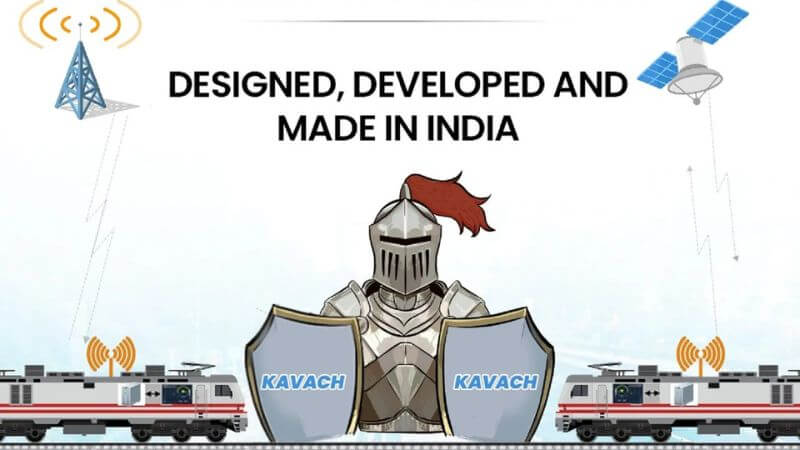
Kavach is a rail protection system that operates automatically. For example, if two trains happen to be on the same track by accident, the armor brake will stop the train before it gets too close, preventing an accident.
Railway Minister Ashwini Vaishnav made this comment in May 2022. When he declared that he would place safety covers on trains. Following the Odisha railway disaster, the video of his remarks is going viral on social media. According to reports, 275 people would not have died if the Coromandel Express had rail armor.
Rear-end collision testing is successful.
Kavach automatically stopped the Loco before 380m of other Loco at the front.#BharatKaKavach pic.twitter.com/GNL7DJZL9F— Ashwini Vaishnaw (@AshwiniVaishnaw) March 4, 2022
Kavach was created by the Research Designs and Standards Organisation (RDSO) in collaboration with three Indian suppliers and is now the National ATP System for Indian Railways. Kavach was created to aid locomotive pilots in avoiding Signal Passing At Danger (SPAD) and overspeeding in severe weather situations like a dense fog.
The device improves train speed management and eliminates mishaps by automatically deploying brakes when required. The Kavach framework’s critical components include programmed brake application in the event that the training pilot fails to respond and the arrangement of line-side signal display in the lodge for improved permeability in foggy conditions.
The Kavach Testing
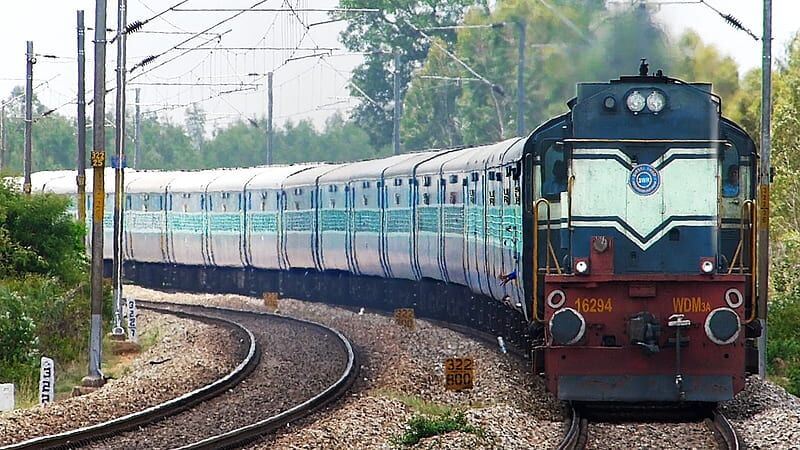
In India, the Kavach or TCAS initially underwent testing in October 2012 during the Manmohan Singh government. ‘Path Breaking Technology’ was the name of the testing that took place in Hyderabad. To halt the train before an accident, this technology had been put to the test.
Two trains outfitted with TCAS technology were permitted to travel along a track simultaneously during this test. Both trains suddenly halted after approaching each other from around 200 meters apart. This technique has since been acknowledged as effective.
Despite successful trials in 2012, neither the UPA nor the NDA governments pursued this technology further. Finally, after ten years, Railway Minister Ashwini Vaishnav and the Chairman of the Railway Board verified this technology by boarding two distinct trains in March 2022.
Whether or whether two trains crashed head-on was determined at this time. However, due to the armor, two trains came to a complete halt at a distance of 380 meters during the experiment.
How Much Does Installing Kavach Technology Cost?
In addition to being locally produced, the armor is also quite affordable when compared to the technology utilized in Europe, claims Railways. Its installation costs range from Rs 30 lakh to Rs 50 lakh per km. The amount spent on this technology in other nations is only a fourth of what is being spent here. This indicates that the price of implementing this technology in America or other European nations is more significant than Rs 2 crore per km.
More About The Technology
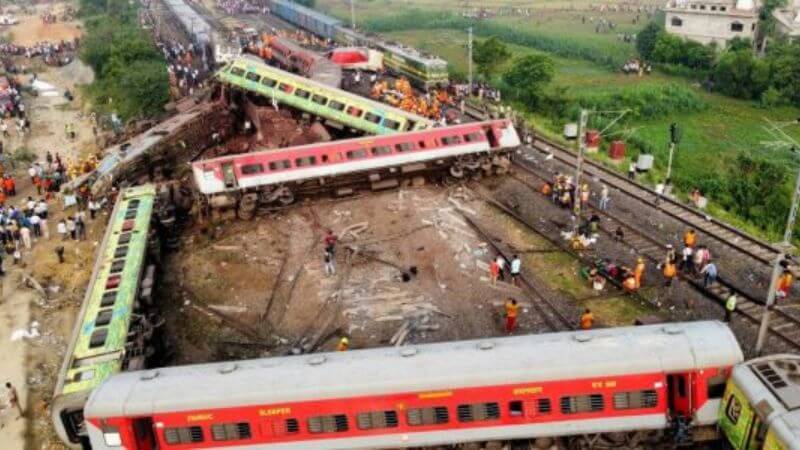
Kavach was tested on the South Central Railway’s 250-kilometer Lingampally-Vikarabad-Wadi and Vikarabad-Bidar sections. Following successful testing, three manufacturers were cleared for more research and development orders on the Indian Railways network.
Kavach’s development priced a total of 16.88 crore rupees. The parts of Kavach’s deployment from New Delhi to Howrah and New Delhi to Mumbai are expected to be completed in March 2024. The initial implementation’s lessons will act as the platform for future growth.
Kavach made headlines following an incident in Odisha’s Balasore district, which was one of the most destructive train disasters in India’s rail line history. Three trains crashed in a chain of events, killing at least 250 people and wounding over 900 more. This was a tragic loss of lives. In the middle of the aftermath, it is unknown if any of the trains involved in the collision were outfitted with the Kavach framework. Many individuals now believe that Kavach may have prevented the accident. However, nothing seems to be known at this time.
What do you think about the technology? Do you think the government failed? Drop your thoughts in the comments down below! We’re waiting!
Follow Us: Facebook | Instagram | Twitter |
Youtube | Pinterest | Google News |
Entertales is on YouTube; click here to subscribe for the latest videos and updates.


